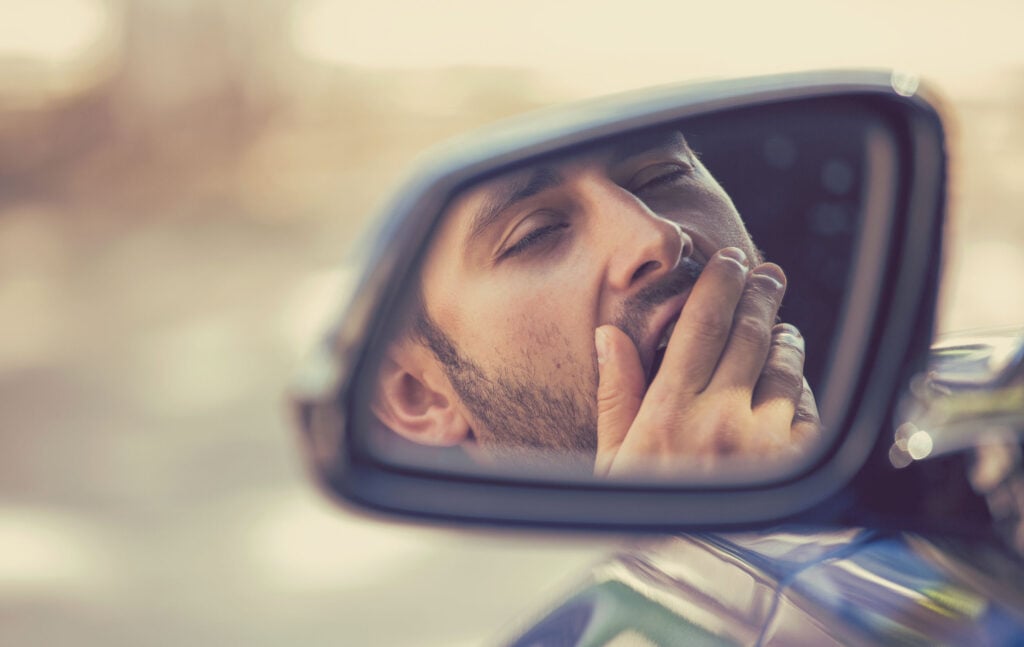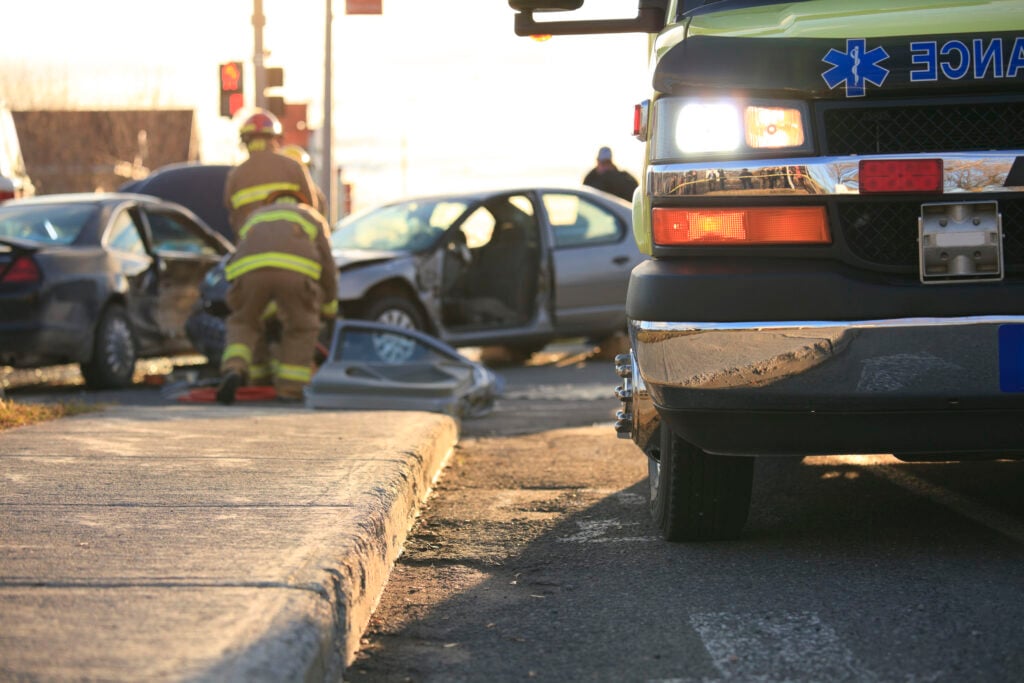
According to the National Highway Traffic Safety Administration (NHTSA), there were 633 known traffic deaths attributed to drowsy driving in 2020. Thousands more are estimated to have been injured in drowsy driving crashes. Many experts in the fields of public health, traffic safety, and sleep science believe these estimates are far too low since fatigued driving is often underreported.
Getting behind the wheel when sleepy is an alarmingly common phenomenon across America. One study by the National Sleep Foundation (NSF) found that 37% of drivers self-reported having nodded off or fallen asleep while driving at least once in their lifetime. Among those drivers, 13% said they fall asleep at the wheel at least once a month.
The true scope of the problem is only beginning to come into focus. As researchers continue to study the prevalence and impact of fatigued driving on public health, it’s important for drivers of all ages and experience levels to educate themselves about the dangers of fatigued driving. In this blog, Lerner and Rowe’s personal injury lawyers explain the biggest risks of drowsy driving (plus what you can do if you’re injured by a fatigued driver).
#1: Fatigued Driving Slows Your Reaction Time
Even if you don’t actually fall asleep while driving, simply driving while fatigued or sleep-deprived can greatly increase your risk of being injured or killed in a car accident. Multiple studies have suggested that sleep deprivation can result in overall decreased psychomotor performance, which impacts short term memory, reaction time, and vigilance.
While reaction times often only vary by fractions of a second, these small delays in perceiving and reacting to changes in traffic patterns, work zones, stoplights, and other stimuli can mean the difference between a close call and a life-changing crash.
#2: Drowsy Drivers Are Three Times More Likely to Be in an Accident
According to the National Safety Council, drivers are three times more likely to be in a car accident if they are fatigued. The risk only increases when you add in other factors like inclement weather conditions, low visibility, or bad driving habits such as distracted driving. In addition to slowing down your reaction time, fatigued driving also makes you more inattentive and more likely to make poor judgments or bad decisions.
#3: Drowsiness Can Be as Intoxicating as Alcohol

When it comes to driving while sleep-deprived, the less sleep you get, the more impaired your motor skills and cognitive abilities can become. Chronic sleep deprivation (sleeping fewer than six hours every night) and sleep fragmentation (waking up multiple times throughout the night) can compound over time into a sleep debt. The longer you go without sleeping, the worse the results. One study published in Nature found that driving after going more than 24 hours without sleep is comparable to driving with a blood alcohol concentration (BAC) of 0.10%—beyond the legal limit of 0.08% in the United States.
#4: Drivers May Not Even Realize They’re Fatigued
One of the biggest risks of driving while tired is poor judgment. That poor judgment often means a drowsy driver doesn’t even realize that they are too fatigued to be behind the wheel. Frequent yawning and heavy eyes aren’t the only warning signs that drivers should watch out for. Other symptoms of drowsy driving include:
- Excessive blinking, watery eyes
- Daydreaming or difficulty focusing
- Trouble remembering the past few miles
- Missing exits, road signs, or turns
- Difficulty maintaining a constant speed
- Drifting out of your lane
- Following other cars too closely
- Driving over rumble strips
#5: Fatigued Driving Crashes May Be More Serious
While more data and research is needed to understand the link between drowsy driving and fatal traffic accidents, fatigued drivers have the cards stacked against them. Not only does drowsy driving increase the risk of being in a crash, but drivers may also be more likely to sustain catastrophic injuries or be killed in these crashes.

Firstly, drowsy driving crashes occur most frequently at night between the hours of midnight and 6:00 a.m. While drivers may benefit from overall lighter traffic at night, they must contend with lower visibility and more large trucks on the road.
Secondly, many of these accidents occur on highways at higher speeds and result in the vehicle leaving the roadway or crossing into oncoming traffic. When a person completely falls asleep at the wheel and loses control of their vehicle, there is often no sign of any attempt to brake, and thus a higher chance of a high-speed, head-on collision or rollover accident.
Injured Due to Fatigued Driving? Legal Help Is Available
Just like driving under the influence or distracted driving, those who drive drowsy and cause accidents should be held responsible for their negligence. If you or a loved one has been injured in a drowsy driving accident, you could be entitled to compensation for your medical bills, lost wages, pain, and suffering. If you lost a loved one to wrongful death, you may even qualify for compensation for end of life care and funeral expenses.
Car accidents can be highly traumatic for everyone involved, especially if you’re also dealing with serious injuries and expensive medical care. That’s why Lerner and Rowe Injury Attorney offers free consultations to all prospective clients and pledges to serve you under a no-fee promise.
Schedule your free consultation today by calling 844-977-1900 any time day or night. You can also connect with a representative online now by using our LiveChat service, or you can submit your case details for review by filling out this simple contact form.



